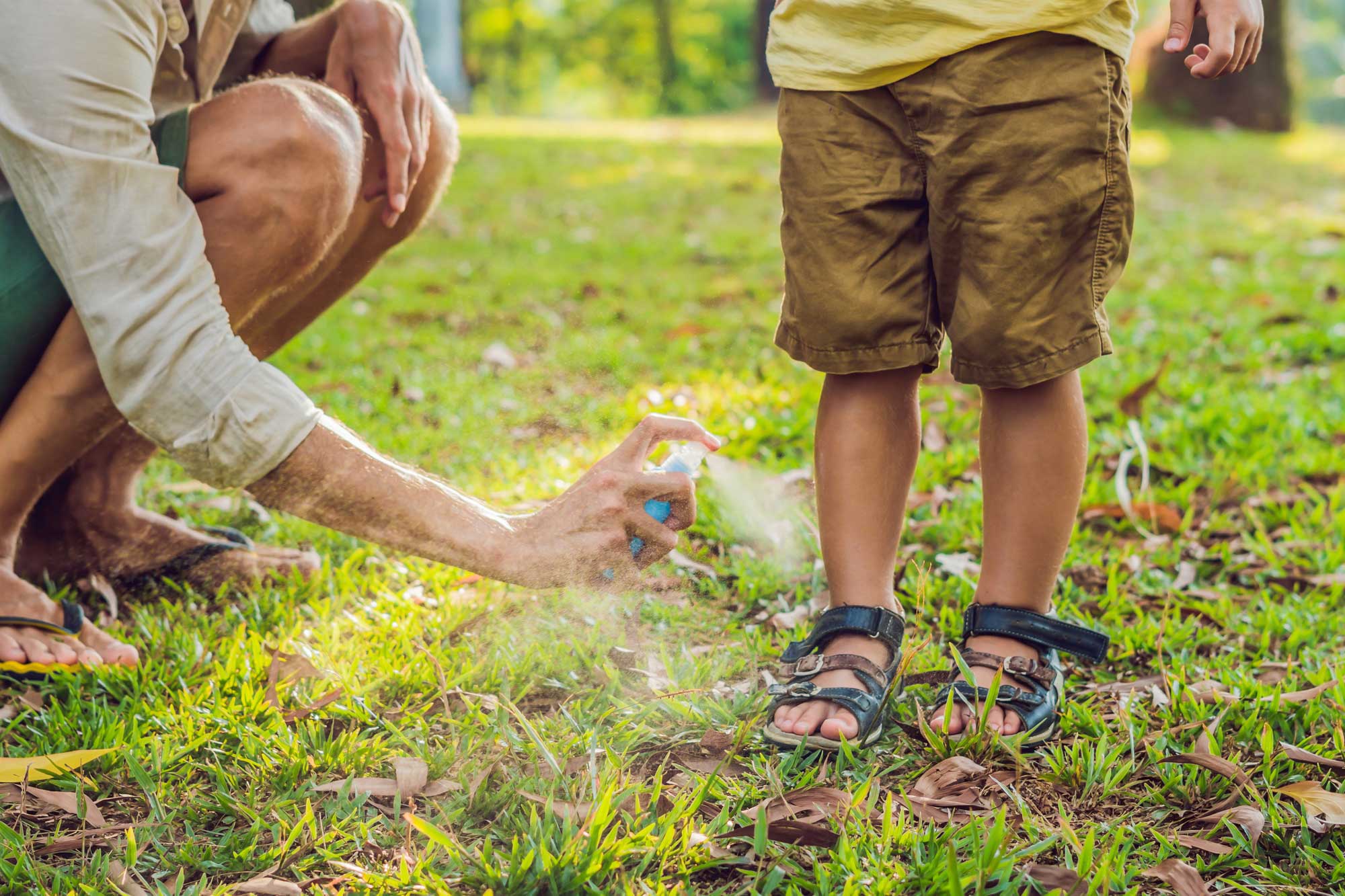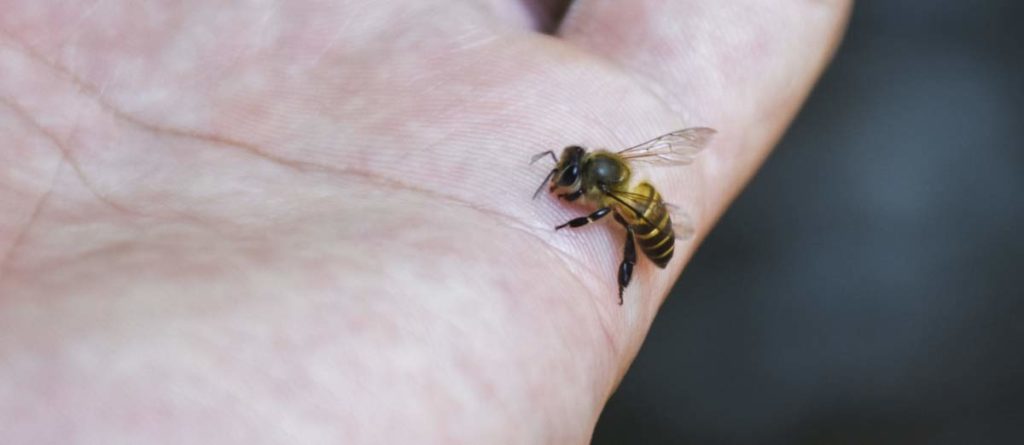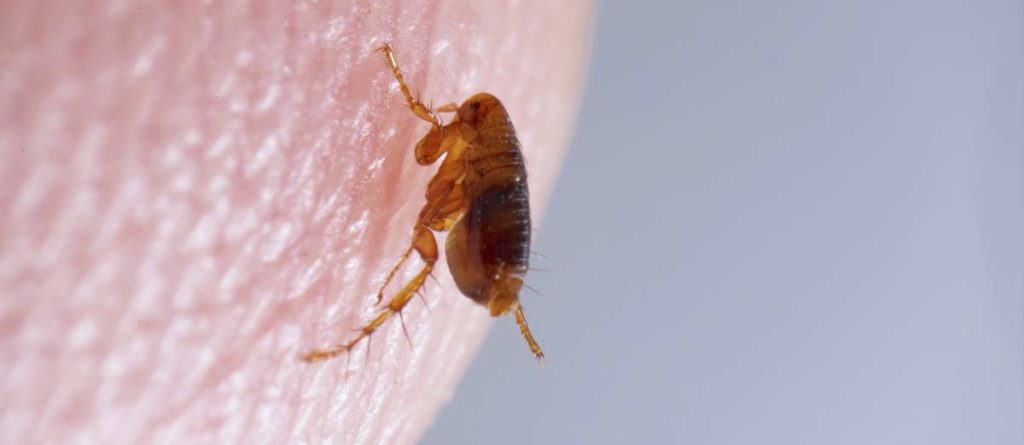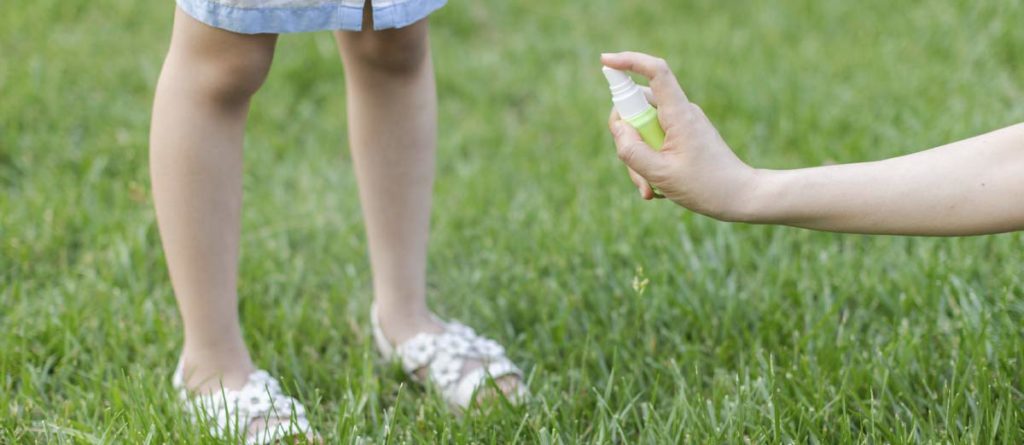Pest-prevention Guide: How To Deter Insects When You’re Camping, Hiking, or at Home
Whether it’s camping, hiking, or lounging on your lawn, getting outside is good for your mind, body, and soul. In an article on the wellness benefits of the great outdoors, the U.S. Forest Service reports, “Being outside in green spaces supports an active healthy lifestyle, which has shown to increase life expectancy, improve sleep quality, and reduce cancer risk.”
Although encountering outdoor insects is inevitable, it doesn’t mean you can’t deter them from your body, campsite, and/or gear. Though some pests are a mild nuisance, others pose serious dangers when confronted.
Insect types vary depending on location. However, there are a few common types you can expect to see, regardless of the setting. Let’s take a closer look at the different outdoor pests and tips for avoiding them.





